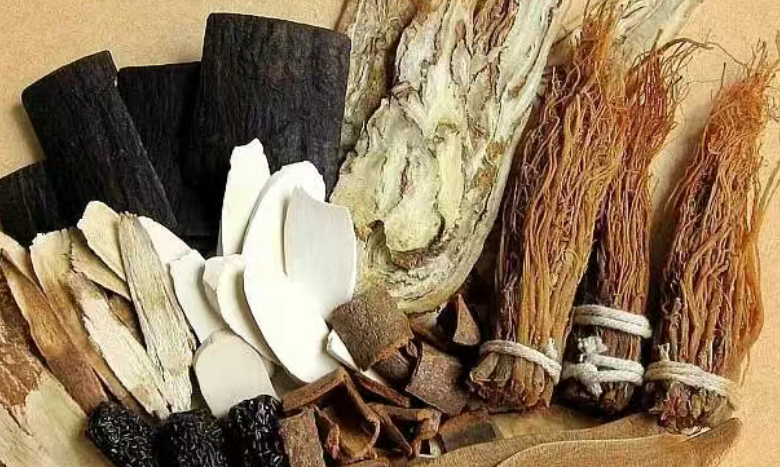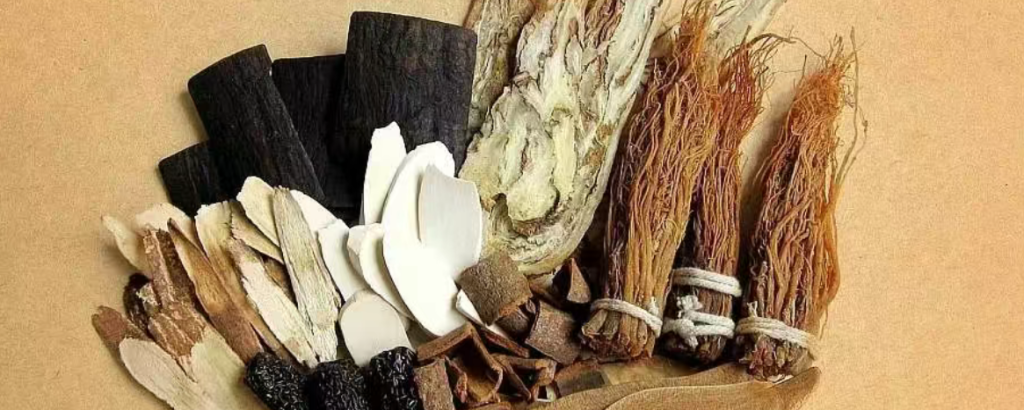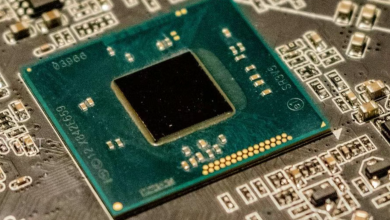
Scars come in various types, with keloid scars being one of the most challenging. Unlike normal scars that fade over time, keloids extend beyond the original wound, often becoming raised, thick, and discolored. They are caused by excessive collagen production during healing. Other common types include hypertrophic scars, which remain within the wound’s borders, and atrophic scars, which result in skin depressions, such as those caused by acne. Identifying the correct scar type is crucial for selecting the right treatment plan, as different scars require tailored approaches for effective healing and prevention of further scarring.

1. What Are Keloid Scars? Characteristics and Causes
Keloid scars are a type of abnormal scar that forms when the body produces excessive collagen during the healing process, causing tissue to grow beyond the original wound area. Unlike typical scars that fade and flatten over time, keloids are often raised, thick, and can extend beyond the boundaries of the injury, sometimes even forming large, bulbous growths. They may be red, purple, or dark in color, depending on the skin tone, and are typically itchy or tender to the touch.
The formation of keloids is influenced by several factors. Genetics play a significant role, as people with a family history of keloids are more likely to develop them. Wound type also contributes, with deep or surgical wounds being more prone to keloid formation. Additionally, skin tension—such as that found on the shoulders, chest, or back—can lead to an increased likelihood of keloid scars. Certain skin types, particularly darker skin tones, are also more predisposed to developing keloids.
Keloids differ from other types of scars in key ways. Hypertrophic scars, for example, are also raised but stay within the boundaries of the original wound and typically improve over time. On the other hand, atrophic scars, like those caused by acne or chickenpox, result in a loss of skin tissue, creating indentations rather than raised tissue. The growth pattern of keloid scars—where the scar tissue grows beyond the wound site—sets them apart, making them harder to treat and more prone to recurrence.
2. Different Types of Scars: Understanding Hypertrophic, Atrophic, and Contracture Scars
There are several types of scars, each with distinct characteristics and treatment needs. Understanding the differences between hypertrophic, atrophic, and contracture scars is crucial for choosing the right treatment plan.
Hypertrophic Scars
Hypertrophic scars are similar to keloid scars, but unlike keloids, they stay within the boundaries of the original wound. They appear raised, red, and thick, and may result from an overproduction of collagen during healing. The difference between hypertrophic scars and keloids lies in their growth: hypertrophic scars remain confined to the wound area, while keloids expand beyond the wound. These scars are often seen after surgeries, burns, or trauma. Treatment options include steroid injections, laser therapy, and silicone sheets to flatten and soften the tissue.
Atrophic Scars
Atrophic scars are the opposite of hypertrophic scars; they occur when the skin loses tissue during the healing process, leading to depressions or indentations. These scars are common after acne, chickenpox, or surgical wounds that don’t heal properly. The main characteristic of atrophic scars is their sunken appearance. Treatments often include microneedling, dermal fillers, or laser resurfacing to promote collagen production and improve skin texture.
Contracture Scars
Contracture scars usually form after burns or other injuries that damage the skin’s deeper layers. These scars result in the skin tightening or contracting, often leading to restricted movement or function. They can appear very tight, shiny, and thick. Contracture scars require more complex treatments, including skin grafts, surgical revision, and physical therapy to restore movement and prevent further complications.
Each scar type requires a tailored approach for effective treatment, as the causes, appearance, and healing processes vary. Understanding the specific type of scar is key to achieving the best results.
3. How to Identify Your Scar Type: Key Signs and Self-Assessment
Identifying the type of scar you have is essential for determining the most effective treatment plan. Several key signs can help you assess your scar type and decide if you need professional evaluation.
Observing the Scar’s Appearance
The size, color, and shape of a scar can provide valuable clues. Keloid scars are usually raised, thick, and extend beyond the original wound, often forming a hard, bulbous mass. They can be dark red, purple, or darker than the surrounding skin, especially in individuals with darker skin tones. In contrast, hypertrophic scars remain within the wound’s boundaries and may appear red or pink but are usually not as prominent. Atrophic scars, such as those left by acne, present as indented or sunken areas of skin.
Pain and Itching
Keloid scars often come with pain, itching, or tenderness, especially during the early stages of healing. This is due to the excess collagen and abnormal skin growth. Hypertrophic scars may also itch but are generally less painful. On the other hand, atrophic scars typically do not cause pain but may feel rough or uneven to the touch.
Scar Location and Growth
One of the defining features of keloid scars is their ability to grow beyond the boundaries of the original wound, sometimes expanding into surrounding healthy skin. If your scar is expanding or raised, it may indicate a keloid. Hypertrophic scars also appear raised but do not extend outside the wound’s original area. Atrophic scars are typically flat or slightly indented and don’t grow.
Self-Diagnosis and Professional Consultation
While self-assessment can provide initial insights, it’s essential to consult a healthcare professional or dermatologist for an accurate diagnosis. Professional evaluation ensures the right treatment approach and prevents misdiagnosis, particularly for complex scars like keloids, which may require specialized care.
By closely observing these key characteristics, you can identify the type of scar and take the first step toward effective treatment.
4. Choosing the Right Treatment for Your Scar Type
Choosing the right treatment for your scar depends on its type, severity, and location. Different scar types require tailored approaches to ensure optimal healing and minimize further complications.
Treatment for Hypertrophic Scars
Hypertrophic scars can often be treated with methods that target excess collagen production and inflammation. Laser therapy is one of the most effective treatments, as it helps flatten the scar and reduce redness by targeting the collagen. Topical medications like silicone gel sheets or corticosteroid creams can also be used to soften the scar and reduce itching. Steroid injections are often used to shrink hypertrophic scars and prevent further growth. For those seeking a natural approach, Traditional Chinese Medicine (TCM), including herbal treatments like Panax Notoginseng or Galla Chinensis, can help by promoting blood circulation and reducing inflammation, leading to softer and less visible scars.
Treatment for Atrophic Scars
Atrophic scars, such as those caused by acne, require treatments that stimulate collagen production and fill in the depressed areas of the skin. Dermal fillers can be injected into the scar to plump up the tissue and create a smoother appearance. Microneedling, which uses tiny needles to promote collagen production, is another effective non-invasive method for improving the texture of atrophic scars. Laser resurfacing is also a popular option for resurfacing the skin and promoting even skin tone.
Treatment for Contracture Scars
Contracture scars, often the result of burns or deep injuries, can lead to restricted movement and tight skin. Treatment often involves physical therapy to prevent stiffness and maintain mobility. In severe cases, surgical repair or skin grafts may be necessary to restore function and appearance. Compression garments may also be used to help prevent the scar tissue from tightening further.
When choosing a treatment, it’s important to consider the type of scar, its location, and the treatment’s long-term effectiveness. Consulting with a healthcare professional is essential to determine the best approach for your specific case, ensuring the most effective and safe treatment plan for optimal scar healing.
5. The Importance of Early Intervention: Why Timing Matters in Scar Treatment
Early intervention in scar treatment is crucial for preventing the development and worsening of scars, particularly keloids, which can become progressively more difficult to manage if not addressed promptly. The sooner treatment begins, the better the chances of minimizing scar formation and promoting faster, smoother healing.
Scar formation occurs in several phases, with the proliferation phase (also known as the growth phase) being the most critical. During this phase, which typically occurs within the first 2 to 3 weeks after injury, excess collagen production can lead to the formation of raised and hypertrophic scars. If treatment is not started during this phase, the scar can continue to grow and become a keloid, which is much harder to treat. This is why early intervention, particularly during the inflammatory phase and early proliferative phase, is essential to prevent excessive scar tissue buildup.
In the later mature phase, scars become more stable, but they are also more resistant to treatment. Keloids, in particular, may require more invasive methods like surgery or steroid injections at this point.
A combination of Traditional Chinese Medicine (TCM) and modern treatments can significantly enhance scar healing. Herbal remedies, such as Panax Notoginseng, combined with low-temperature fermentation technology, offer non-invasive, safe, and effective ways to target inflammation and collagen regulation during the critical early healing phases. By utilizing both traditional wisdom and cutting-edge technology, TCM can provide a holistic approach that improves both scar appearance and skin health, especially when started early in the healing process.
Different types of scars require specific treatments. Hypertrophic scars can be treated with laser therapy, steroid injections, or traditional herbal remedies. Atrophic scars benefit from treatments like dermal fillers or microneedling to stimulate collagen production. Contracture scars often require physical therapy or surgical repair. Early intervention is crucial to prevent scar worsening. It’s essential to choose the right treatment based on your scar type and seek professional guidance to achieve the best results, improving both the appearance and health of your skin.




